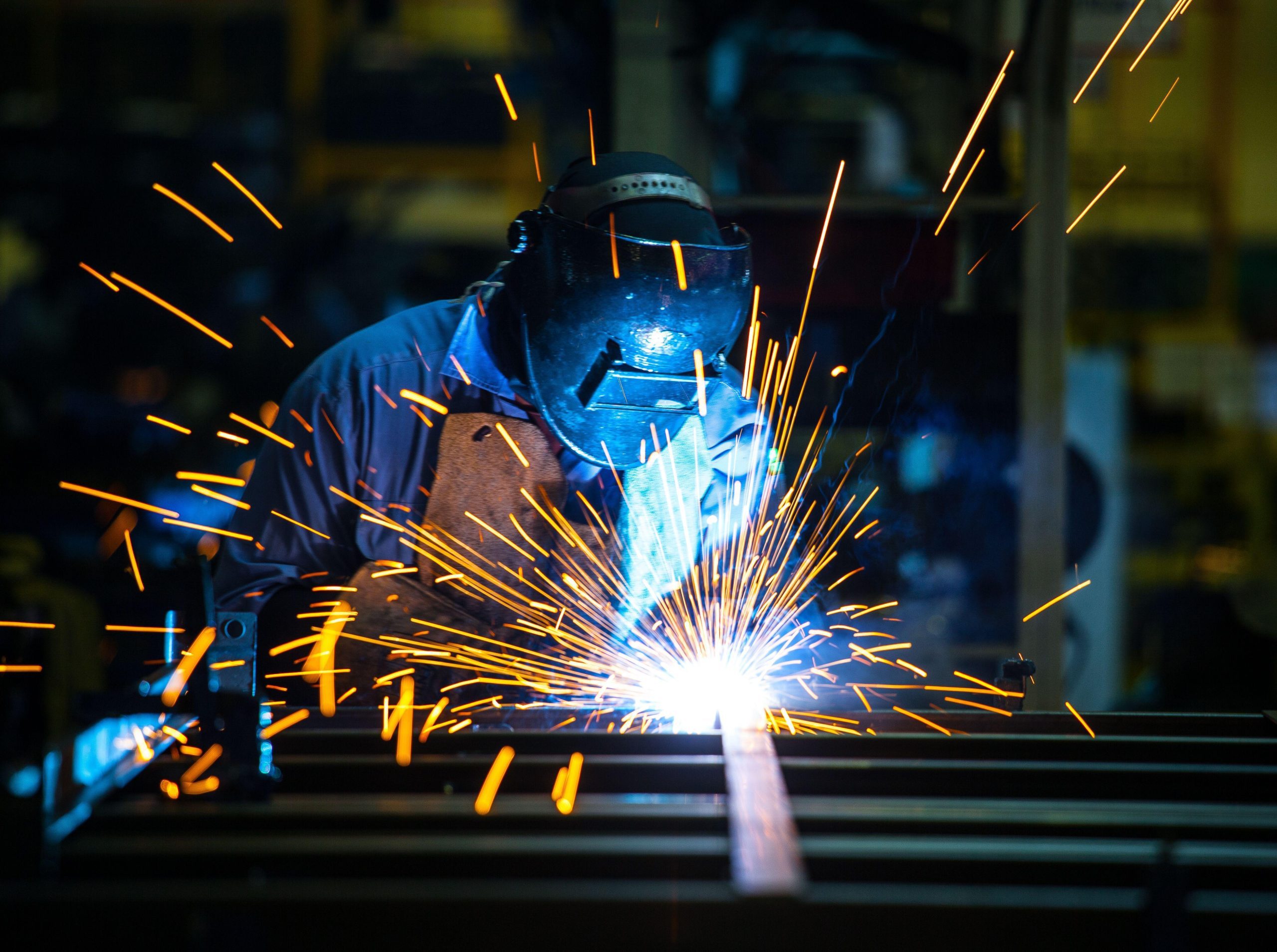Introduction to Steel Fabrication
Steel fabrication involves transforming raw steel into usable structures or components through cutting, bending, welding, and assembling. This versatile material is renowned for its exceptional strength, durability, and flexibility, making it a popular choice across various industries.
1. Cutting Techniques
Cutting is the initial step in the steel fabrication process. Several cutting techniques are available, including:
Plasma cutting is a precise and efficient method that utilizes a high-velocity jet of ionized gas to melt and remove the metal. This technique is suitable for steel of various thicknesses and shapes, making it widely used in industrial applications.
Laser cutting employs a high-powered laser beam to melt, burn, or vaporize the material, resulting in a precise and clean cut. This technique is ideal for intricate designs and offers maximum precision.
2. Bending and Forming Techniques
Once the steel has been cut into the desired shape, it undergoes bending and forming processes to achieve the required dimensions and contours. Some common bending and forming techniques include:
The press brake technique utilizes a machine with a punch and die to apply force and bend the steel into the desired shape. It offers accuracy and repeatability, ensuring consistent results across multiple pieces.
Roll bending involves passing the steel through a set of rollers to gradually bend it into a curved or cylindrical shape. This technique is particularly useful for creating pipes, tubes, and circular structures.
3. Welding Techniques
Welding is a critical process in steel fabrication, where multiple pieces of steel are joined together. Various welding techniques are employed based on project requirements and the type of steel being used. Some commonly used welding techniques include:
MIG (Metal Inert Gas) welding uses a consumable wire electrode and a shielding gas to join the steel pieces. It is known for its speed, versatility, and ease of use, making it a popular choice in many industries.
TIG (Tungsten Inert Gas) welding utilizes a non-consumable tungsten electrode and a separate filler material to create the weld. It offers excellent control, resulting in high-quality welds with minimal distortion.

